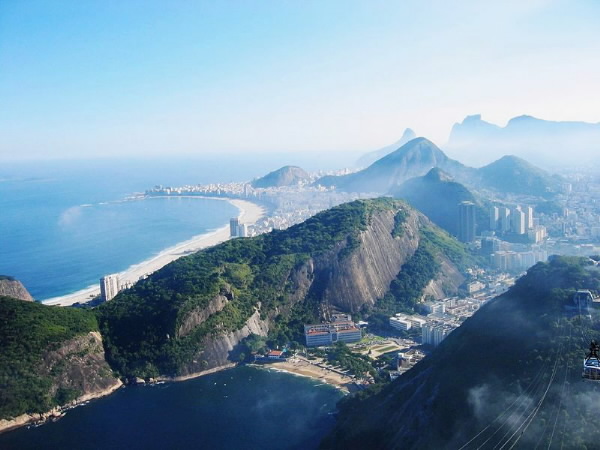This is all happening in the dark, symbolic of a spiritual darkness? This may only be a small incident but the repercussions are vast. Travelling through the dark by William Stafford is a poem that condemns and exposes the attitude of mankind towards nature and all things organic.

So the narrator must choose death for somone with no garuntee that he is saving anyone. The poem is written in free verse, but several elements give it metrical order. Four four-line stanzas and the ending couplet set the metric tone of the poem. Furthermore, despite there being no rhyme, there is a certain feeling of rhythm that is created using similar sounds in lines. For instance, pairs “road” and “dead” , “killing” and “belly” , and “warm” and “waiting contain such repeated sounds.
- After consideration he pushes the doe into the canyon.
- This instance portrays how people frequently linger “Beside that … road” and weigh all the pros and cons of some situations before making the final, most important, conclusion.
- This is all happening in the dark, symbolic of a spiritual darkness?
- In the first stanza of the poem, the speaker while walking in the woods must choose between two paths that head in different directions.
- The readers are left doubting what choice they would have made if they had been in the narrator’s shoes.
Likewise, the future in the poem is also represented by the fawn. In spite of the mother’s death, the unborn animal is “alive, still, never to be born” (Stafford & Bly, 1993, p. 43). The vehicle is described by Stafford as the animal, “The car https://top10ten.co.uk/south-east-england/sevenoaks-and-the-kent-weald/892-10-lamberhurst-vineyard-.html aimed ahead its lowered parking lights/ under the hood purred the steady engine” (Stafford & Bly, 1993, p. 43). Citing the same authors, it is “aimed ahead” and emits “warm exhaust turning red”. The American poet William Stafford published “Traveling through the Dark” in 1962.
traveling Through The Dark By William Stafford
Then we see that there are different circumstances than normal, the doe that has been killed has a baby still living inside of it. This forces us to try and actually think about things, or as the poet puts it, we have to swerve. The first verse starts with the poet travelling along a road beside a canyon and he comes across a dead deer lying on the road. Staffords word choice gives you the idea of his state of mind straight away. The cars lights lowered signifies the dead doe’s eyes pointing towards the pavement. The engine purring beneath the hood of his car signifies the fawn still alive in her mothers womb.
Life Sketches Of Indiana Poets, Malcolm M Sedam And Thomas Thornburg, Plus An Essay, “meaning In Poems”
One night while he was driving a car through mountainous road, at the side of the wilson river he saw a deceased dear which was pregnant. A baby deer was waiting the time to come out,since its mother was deceased the poet was unable to do anything because he was in the mountain at night time. He was standing infront of his car, suddenly he heard a cry and poked dat deceased body of deer into the wilson river. William Bradford’s “Traveling through the Dark” seems to present its setting in the very title, but further analysis of the poem allows discerning that the “dark” has two shades of meaning.
The French Revolution: A Timeline Of Events
The poem “Traveling through the Dark” is one of the deepest works of William Stafford, and it was published in 1962. The main theme of the poem is the opposition between nature and technology. The author emphasizes the difficulties of searching the right way in life and choosing the moral side of the human being.
Analysis Of Poem “traveling Through The Dark” By William Stafford
In Robert Frost “The Road Not Taken” we can see how many different aspects of life decision making comes in the form of symbolisms. People always want to have everything at once but it is to show that it is impossible to have it all at the same time. After a thorough analysis of the poem, it is possible to deeper understand the role of human deeds as well as their readiness to participate rather than to observe. The topic presented in the poem contributes significantly to realizing the essence of human life as well as the way it is affected both by nature and civilized world. ‘I hesitated’, ‘I stood in the glare’ signify the poet’s inability to decide what to do with the body of the pregnant doe.
Analysis Of Traveling Through The Dark
Staffords poem does an excellent job of highlighting the problem that man is drifting further and further away from its roots. Early man would have lived of nature and its surroundings but now the problem is man has a total disregard for it. It is just wrong that what has the right to be there, a fawn is destroyed so that man-made mechanical beasts can rampage on. In contrast to the dead doe, in verse 4 personification is used to decribe the mans car.
